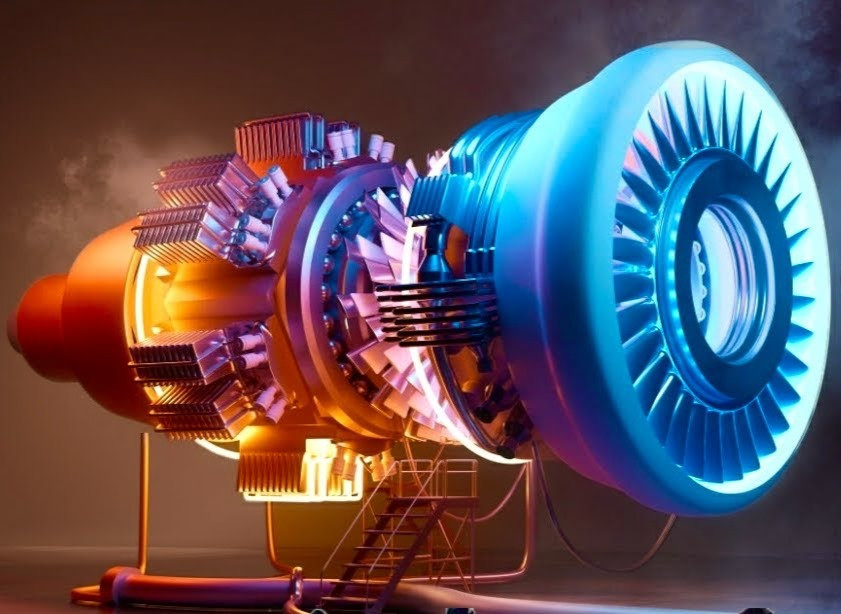- Joined
- 21 January 2015
- Messages
- 10,656
- Reaction score
- 12,270
Sounds hugely inefficient at the very least.

 www.newscientist.com
www.newscientist.com

NASA engineer's 'helical engine' may violate the laws of physics
A NASA engineer has published plans for an engine that could accelerate a rocket without using propellant. But there are questions over whether it could work




